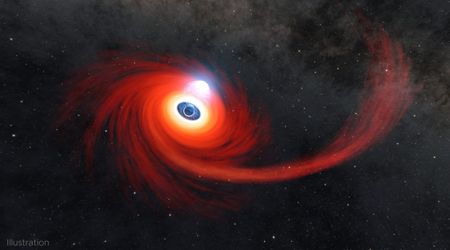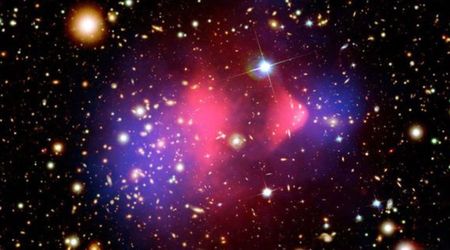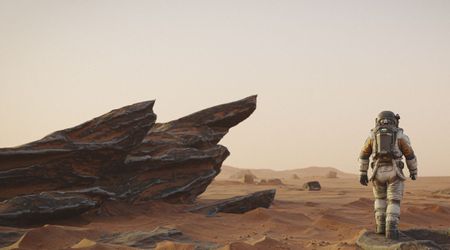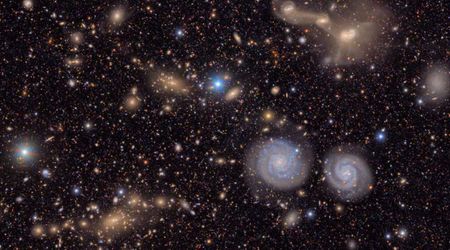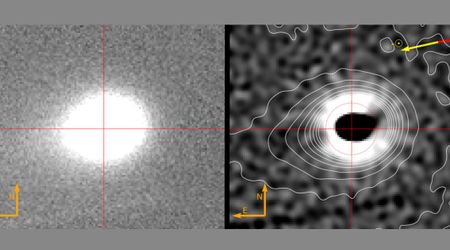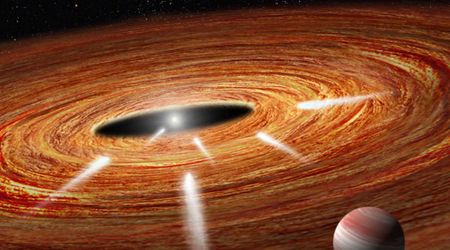Citizen astronomers discover more than 10,000 eclipsing binary star systems with NASA's help

Citizen astronomers recently made a stunning discovery of more than 10,000 pairs of eclipsing binary stars. When two stars orbit one another in a way where one shields the other’s light, each time they swing by, it forms an eclipsing binary star system. According to a paper published by NASA’s Eclipsing Binary Patrol, 10,001 pairs of such stars were found, and more than half of them, 7,936 to be precise, had never been discovered before.
The team of citizen astronomers used NASA’s Transiting Exoplanet Survey Satellite (TESS) to find these eclipsing binary star systems. The satellite reportedly scoured the sky for varying degrees of brightness from objects in the far reaches of outer space. For this, they used a two-step process employing both AI and human intelligence. TESS picked up several objects emitting different levels of light, but as the team of humans reviewed the data, not all of them turned out to be eclipsing binary star systems.

“Together, humans and computers excel at investigating hundreds of thousands of eclipsing binaries,” said Dr. Veselin Kostov, a research scientist at NASA Goddard Space Flight Center. “I can’t wait to search them for exoplanets!” Eclipsing binary star systems are not uncommon. Over the years, scientists have observed several such objects in outer space, with some of these systems even visible to the naked eye.

Some of the most well-known stars are also in binary systems. For example, Sirius, the brightest star in the sky, shares a system with a white dwarf (Sirius B), according to a report in Space.com. As per a Physics World report, scientists discovered an eclipsing binary system with a star and a pulsar in the Milky Way earlier this year. However, a system can have more than two stars. The North Star, Polaris, is part of a system that has a total of three stars, as per Astronomy. Much like eclipsing binary stars, these systems with more than two stars could also eclipse one another.

As per the BBC, scientists have discovered a system of six stars that are always eclipsing one another, or at least that’s what the view is like from Earth. The sextuple system, TYC 7037-89-1, is the first of its kind to ever be discovered, positioned at a distance of 1,900 light years. The system is made of three pairs of eclipsing binary stars, each of which takes turns blocking the light from its partner. These eclipses are regular and have helped scientists measure the stars’ sizes, masses, and temperatures.
Our understanding of binary systems goes back several hundred years, and at one point, it was even used for a certain medical purpose. In ancient times, when eye testing did not have all the fancy machinery that exists today, people used the night sky to test how healthy their vision was. One of the things they looked at was a binary star system in the Ursa Major constellation, as per a report in Science Direct. The two stars are Mizar and Alcor, with the former being the brighter and bigger one in our night sky.

